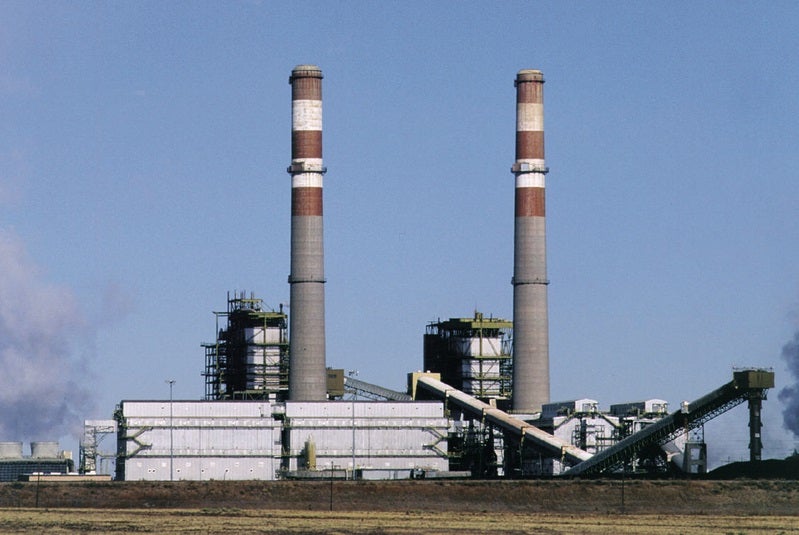After Colorado legislators passed landmark climate legislation in 2019, which included a statutory mandate directing the Air Quality Control Commission (AQCC) to adopt rules and regulations to reduce statewide emissions, the state has yet to even propose a policy framework capable of getting the job done. This three-part series explores the impact of Colorado’s delay, analyzing the impact on total emissions and the state’s ability to meet its own climate targets.
Editor’s note: This post was last updated Jan. 19. 2021 to reflect Colorado’s final greenhouse gas roadmap.

Hayden Generating Station (Hayden Station), a coal-fired power plant near Hayden, Colorado. PC: Jeffrey Beall.
This year started with promising climate news in Colorado: The state’s largest electric utility, Xcel Energy, announced it will close two of its coal-fired units sooner than planned and support plant workers through retraining and retirement opportunities. While this is a step in the right direction for Colorado’s clean energy future, much more policy action will be needed to meet the state’s statutory emissions goals.
In Part 1 of this series, EDF analysis uncovered the cumulative impact of the Colorado Air Quality Control Commission’s (AQCC) inaction on greenhouse gas emission reductions. Delays will have profound consequences for the total pollution that the state emits over the next decade, which could mean more severe long-term climate damages for Colorado communities and ecosystems. The AQCC’s refusal to seriously evaluate policy mechanisms for much faster and deeper reductions flies in the face of what Colorado legislators mandated in 2019. They set a clear timeline for the AQCC to swiftly propose regulations and reduce statewide emissions 26% by 2025, 50% by 2030 and 90% by 2050, all relative to 2005 emissions.
In Part 2 of this series, we dive into a recent EDF report and analyses released by both the state and other researchers that reveal how Colorado is far off track from achieving these upcoming 2025 and 2030 statutory targets under current policies. The state’s glaring ‘emissions gaps’ underscore the need for transformative leadership on a policy framework capable of securing the reductions consistent with its goals — and protecting Coloradans for generations to come.










